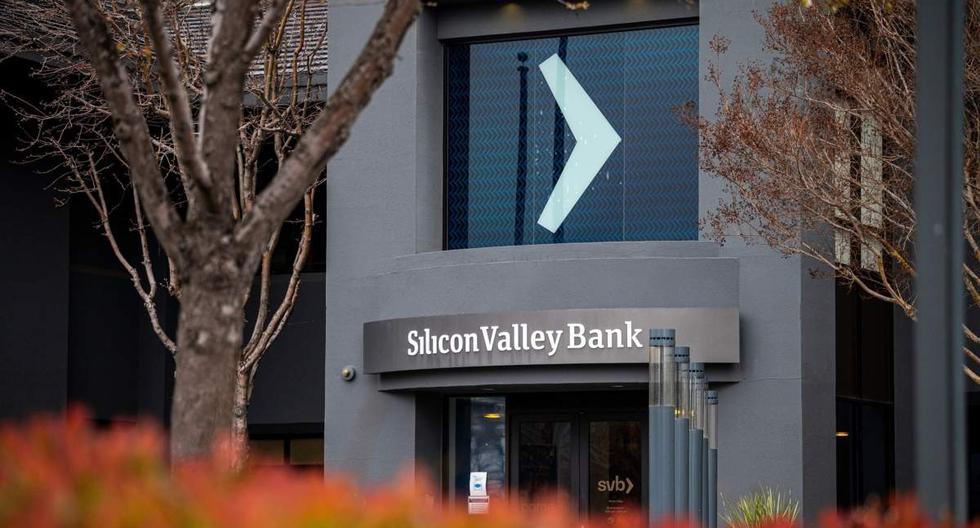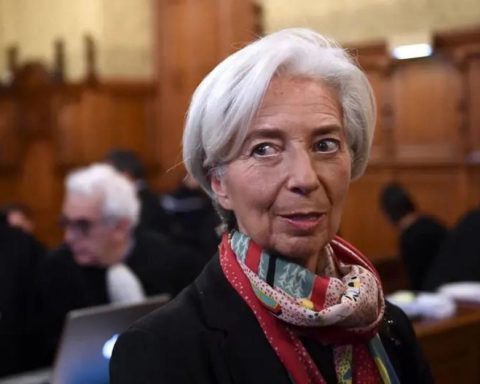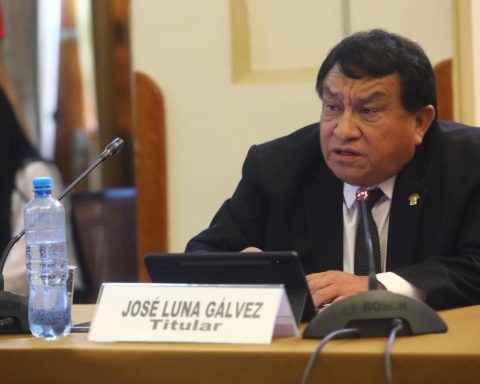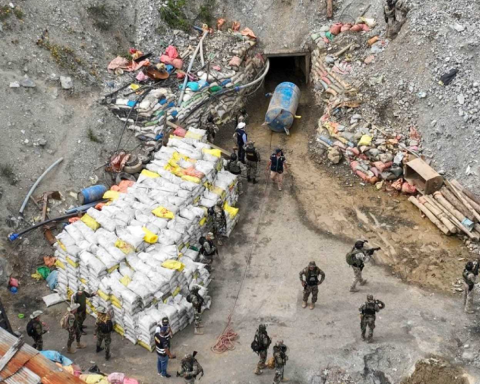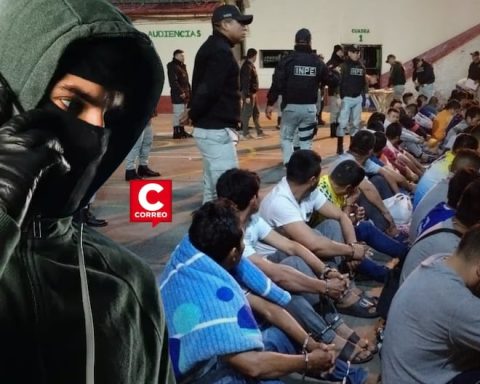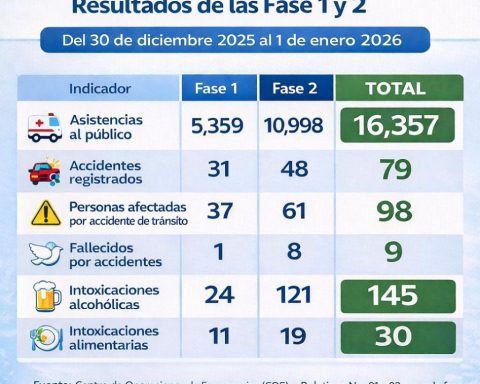US Treasury Secretary, Janet Yellenaffirmed on Sunday that the government wants to avoid financial “contagion” after the failure of Silicon Valley Bank, but ruled out a rescue of the entity.
“We want to make sure that problems that exist in one bank don’t create contagion to others that are strong,” Yellen said during an interview with CBS.
The Deposit Insurance Agency (FDIC), a branch of the Government, took control of Silicon Valley Bank (SVB) on Friday, on the brink of implosion under the effect of massive withdrawals from its clients.
If until now the big banks have been saved, several medium-sized or regional entities withdrew from the Stock Market this Friday.
That was the case of First Republic of Californiawhich fell almost 30% in the sessions on Thursday and Friday, and the SignatureBankwhich since Wednesday night has lost a third of its value.
Both institutions have in their client portfolio a large proportion of companies whose deposits often exceed the maximum amount insured by the FDIC, about $250,000 per client, which could push them to withdraw their funds.
Nearly 96% of deposits at that bank are not covered by the FDIC’s refund guarantee.
“I’m sure they (the FDIC) are considering a wide range of options available that include acquisitions,” said the Treasury secretary.
The Democratic senator from Virginia, Mark Warner, affirmed on Sunday on the ABC channel that the announcement on Sunday of a takeover bid for SVB by a financial institution before the opening of the Asian markets would be “the best solution”.
Futures contracts on the flagship indices of the Tokyo and Hong Kong stock exchanges suggest a drop of 2% at the open.
LESSONS FROM THE 2008 CRISIS
Yellen assured that the reforms carried out after the financial crisis of 2008 closed the door to a bailout of the SVB.
“During the financial crisis, there were investors and owners of big banks that were bailed out…and the reforms that have been put in place mean we’re not going to do that again,” he said.
In September 2008, to prevent a collapse of the financial system, the US authorities injected hundreds of billions of dollars into most of the large market institutions, funds that the government later recovered.
Various personalities from finance and the world of new technologies have been advocating since Friday for the rescue of SVB.
Many say they are concerned, in addition to the stability of the banking system, about the repercussions of the bank’s failure in the technology sector.
SVB boasted that it owns “almost half” of the life sciences and technology companies financed by US investors.
“Many depositors are small businesses that need to be able to access their funds to pay their bills and employ tens of thousands of people” in USAYellen pointed out.
“It is a problem and we are working with the regulators to find a solution,” he continued.
On Sunday, UK Chancellor of Finance Jeremy Hunt said the fall in the SVB posed a “serious risk” to Britain’s tech sector.
Several businessmen have also warned in recent hours about a possible shock wave for Indian technology start-ups, some of which were SVB clients.
The uproar caused by the SVB situation has also spread to cryptocurrencies.
The USDC digital currency, said to be “stable” because it is theoretically pegged to the dollar, has fallen since Friday after its creator Circle announced it had left $3.3bn in SVB coffers.
Several other “stablecoins”, which are supposed to protect cryptocurrency investors against the legendary volatility of this industry, have also been affected, such as Dai or USDD.
